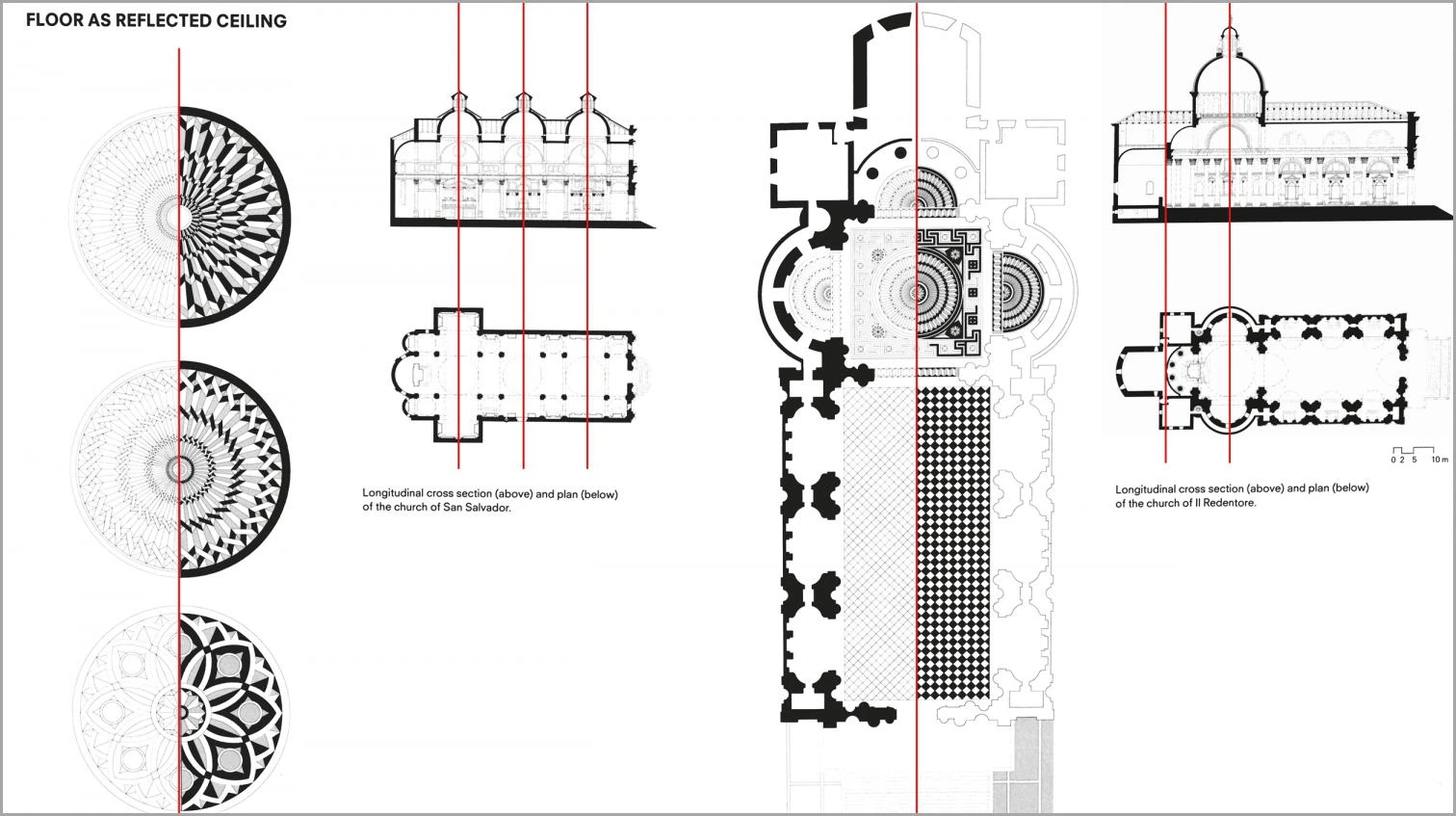
Architecture is both ancient and modern, each work an amalgamation of elements that have been around for over 5,000 years and others that were invented yesterday.
‘Elements of Architecture,’ an exhibition developed as part of the 2014 Venice Architecture Biennale, presents micronarratives revealed by focussing systematically on the fundamentals of our buildings: the floor, the wall, the ceiling, the roof, the door, the window, the facade, the balcony, the corridor, the fireplace, the toilet, the stair, the escalator, the elevator, the ramp...
Our research uncovers not a single, unified history of architecture, but the multiple histories, origins, contaminations, similarities, and differences of these elements and how they evolved into their current iterations through technological advances, regulatory requirements, and new digital regimes.
Giulia Foscari has been a crucial part of the team that organised ‘Elements of Architecture.’ Because of her Venetian background, it seemed compelling to undertake an original experiment: to look at Venice, a very complex architectural and historical subject, through the lens of its smallest components.
Giulia presents the results of that approach in this brilliant book. She has produced an entirely unprecedented work that turns out to be more profound than the traditional architectural historian’s comprehensive perspective. Her focus on specific elements rather than individual architectures or architects exposes differences and contrasts in a sharper way than a typical global overview would yield.
The history of an entire city has never been analysed at the scale of architectural detail before, but this is what Giulia has done in the case of Venice: a city so rich in unique masterpieces that it seems futile to search for common patterns.
By looking through a microscope, Giulia demystifies the perception of Venice as a static entity providing (also visual) evidence of key moments of its metamorphosis, while offering an interpretation of architectural elements as products of cultural and political shifts rather than just formal experimentation.
With Elements of Venice, this radical and thought-provoking book, Giulia Foscari demonstrates that Venice has been a city in perpetual transformation and, during the centuries of its splendor, at the forefront of modernity.






